MARIANI’SVirtual
Gourmet
September 25, 2022
NEWSLETTER

IN THIS ISSUE
OUR FOOD'S BETTER THAN THEIR FOOD
By John Mariani
NEW YORK CORNER
RAMERINO ITALIAN PRIME
By John Mariani
ANOTHER VERMEER
CHAPTER 38
By John Mariani
NOTES FROM THE WINE CELLAR
AUTUMN ROUND-UP
By John Mariani
❖❖❖
 author of WE'LL ALWAYS
HAVE PARIS: CASABLANCA: the life,
legend, and afterlife of Hollywood's
most beloved movie.The episode will
also be archived at: almostgolden.
author of WE'LL ALWAYS
HAVE PARIS: CASABLANCA: the life,
legend, and afterlife of Hollywood's
most beloved movie.The episode will
also be archived at: almostgolden.
❖❖❖
OUR FOOD'S BETTER
THAN THEIR FOOD (SOMETIMES)
By John Mariani
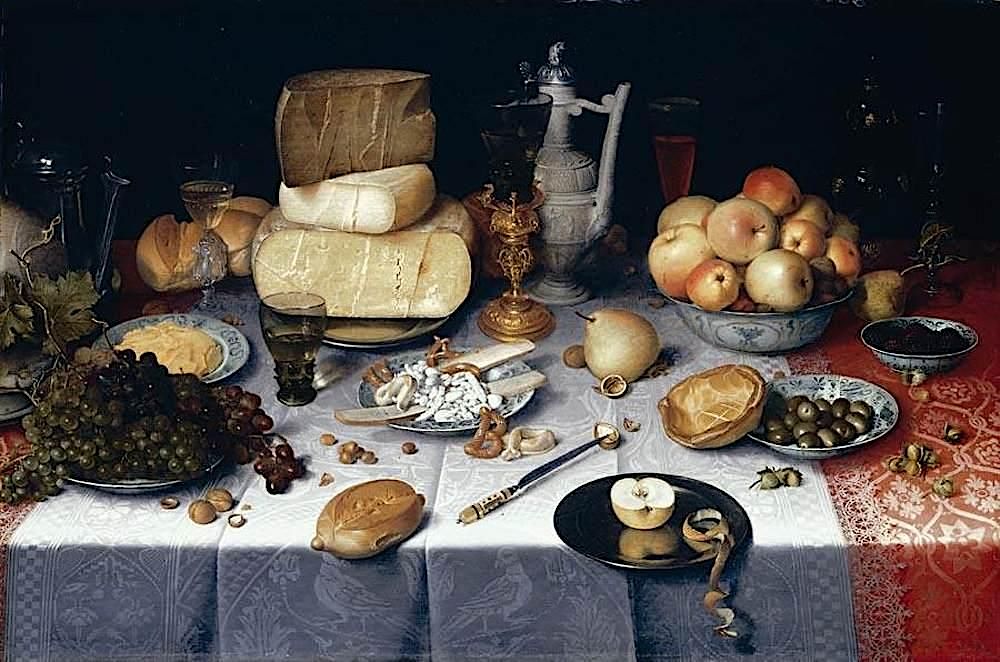
If the French are snooty
about their cuisine, they
once had every right to be. And,
if an Italian threw up his hands in horror at
the crap Americans used to eat, you just had to
agree with him. American cooks used to have a
dreary larder of foodstuffs to work with, but
since the 1990s we have moved neck and neck with
Europeans, especially when FedEx and DH, which
have leveled the playing field for obtaining
great ingredients overnight.
Overall, Europeans still do have better
chickens that really do taste just like chicken,
shellfish, wild mushrooms, certain vegetables,
shrimp and cheeses than you can find here, unless
you work hard and pay plenty for some artisanal
American products. The French are still the
standard for breads. (I know I’m going to get mail
about a tomato farm in Ames, Iowa, or a
cheesemaker in Boise, Idaho, doing fabulous
stuff. Spare me.)
But, what foods do Americans cultivate or
fish that are actually better than anything the
Europeans or Asians have? Here’s a
proud list.

Beef
Nothing
comes close to USDA Prime beef. Largely corn fed,
it has a richness of well-fatted flavor and, at
its best, aged for weeks in ideal conditions, it
cooks up into a tender but not soft slab of
sizzling holy goodness. The grading standards are
not what they used to be, so the steaks at
restaurants serving “Prime” beef often lacks the
richness and minerality it once did. Still,
European beef is grass-fed and barely aged at all.
And Kobe/wagyu is just a gimmick, whose principal
flavor is fat.
Lobster
How
big do you want to go? Five pounds? Not a problem.
Homarus
americanus is fatter, sweeter and richer in
flavor than the puny crawlers in Europe, plus ours
have massive claws with more meat in them than the
bodies of any species they find in the North Sea.
You need do nothing but steam an American lobster
and dip it in some melted butter. What do they do
in Europe with their lobsters? They cover up its
anemic taste with cream and sherry sauces and
truffles and artichokes and give it names like
Thermidor. Much better to go with langoustines or
crabs from the Mediterranean.
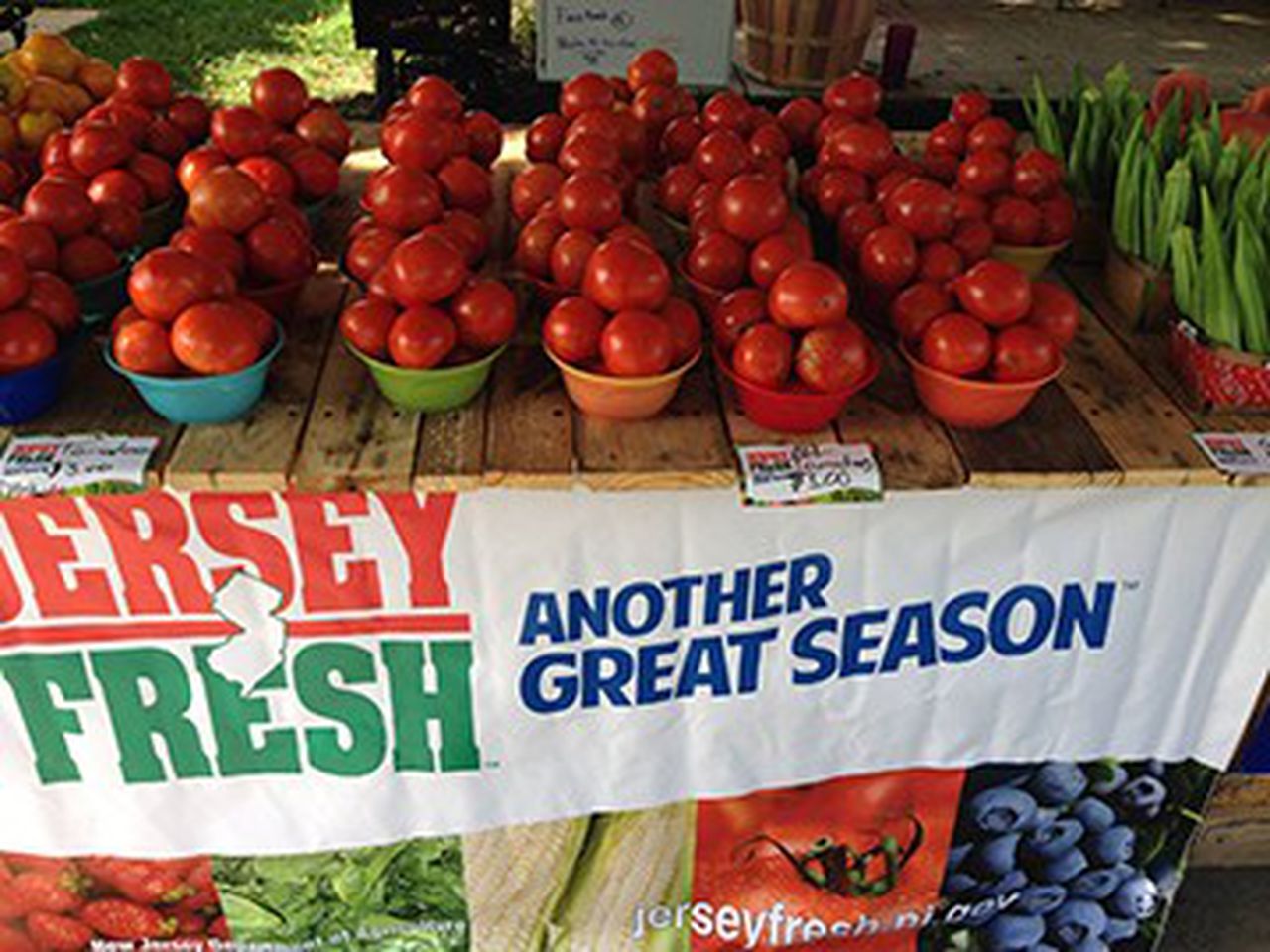 Tomatoes
Tomatoes
Southern
Italy grows terrific tomatoes (which they got from
the Americas), but in peak season, no tomato beats
an American tomato, as sweet as candy (it is a
fruit, not a vegetable), tasting of sunshine and
acid and enough juice to make a pitcher of Bloody
Marys. Now
we have an abundance of heirlooms, too, with
evocative names like Big Boy, Jubilee, Bouncer,
Bonney Best and Beefsteak.
Peppers 
Europe
and India and Thailand, the entire Far East,
should get down on their knees in thanks for our
sending them—as of the 16th century—fleshy sweet
and hot peppers, from jalapeños to Bell peppers,
and scores of others that completely transformed
the dull flavors of the world’s cookery. We still
have more varieties—Guajillo, habanero, pequin,
cayenne, serrano, poblano—and we know just what to
do with them. Montezuma even flavored his hot
chocolate with them.
 Crabs
Crabs
O.K.,
there are very good crabs in Asian and European
waters, but nothing comes close to the American
blue crab of the East Coast—called “savory
swimmer”—and the Dungeness and King crabs of the
West. Then there’s the well-named stone crab,
whose shell, said Damon Runyon, is “harder than a
landlord’s heart.” And, God bless us, the
soft-shell crab is a miracle of seasonal flavor
you wait for and gorge on, for good reason.
Corn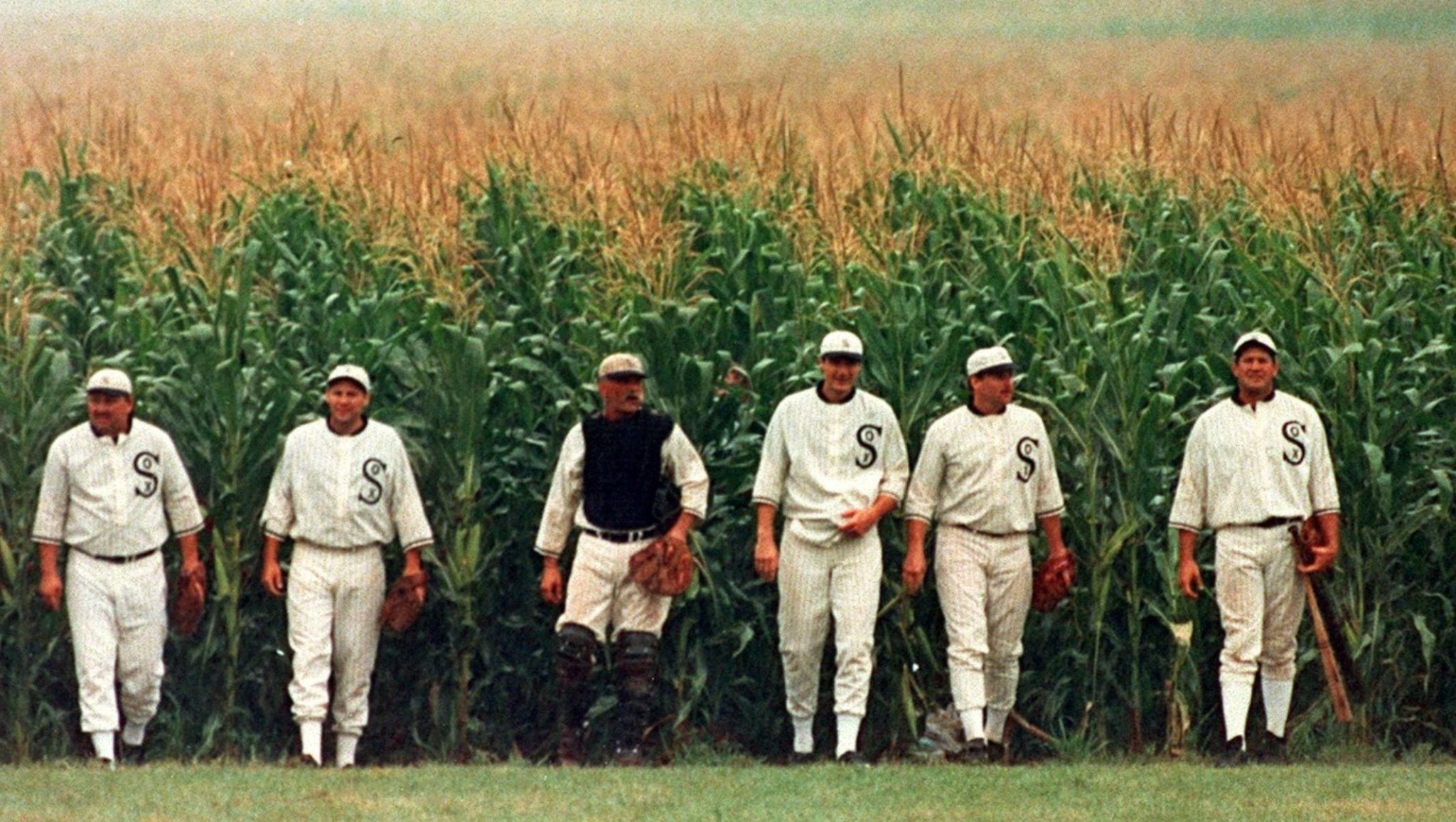
In
Europe the only good corn dish they could come up
with since they imported it from the Americas is
Italian polenta, and even that needs a lot of help
from other ingredients. American corn was called
“Sacred Mother” by the Central Americans and up
north it is so associated with the best of summer
and fall afternoons that it’s worth remembering
that Mark Twain said the only way to eat it was to
drag a kettle of water into the cornfields.
NEW YORK CORNER
RAMERINO ITALIAN PRIME
16 East 39th
Street
646-880-7885
By John Mariani

The
spurious
lament during the pandemic among certain food
media was that no one in his right mind would dare
re-open a shuttered restaurant, or attempt a new
one, even after the fever broke. Yet. scores of
restaurants continue to open monthly in every
borough, and, clearly, Sammy V. Gashi (left)
was one of those who did not get the negative
message. He already runs San Marino Soho and
Antica Ristorante on Stone Street and, with his
brother, another in Queens.
 Even
in the best of times, opening up a restaurant in
midtown Manhattan, especially one as refined as
Ramerino Italian Prime, would seem a high risk, yet,
after 25 years. he has proven himself another of
those Albanian immigrants for whom America was truly
a land of opportunity.
Even
in the best of times, opening up a restaurant in
midtown Manhattan, especially one as refined as
Ramerino Italian Prime, would seem a high risk, yet,
after 25 years. he has proven himself another of
those Albanian immigrants for whom America was truly
a land of opportunity.
By merely copying his other successes, Gashi
might have cashed in on a proven concept, but
Ramerino looks nothing like his other
establishments, and, while all serve traditional
Italian fare, they also differ, with Ramerino
(Tuscan for rosemary) putting more emphasis on its
beef selections.
Executive Chef Vilfredo
Hodai, a Tuscan who worked in La Giostra in
Florence, known for its bistecca,
adds many of his own touches to a traditional menu.
Ramerino is a very handsome dining room,
softly lighted but not at all dark, with striated
pillars, polished wood walls, very comfortable plush
velvet chairs, fine linens and candles on the table.
The silverware has heft, the wineglasses, of varying
sizes, thinness. The well-dressed service staff
could not be more cordial, which is a hallmark of
Albanian-owned restaurants in New York. 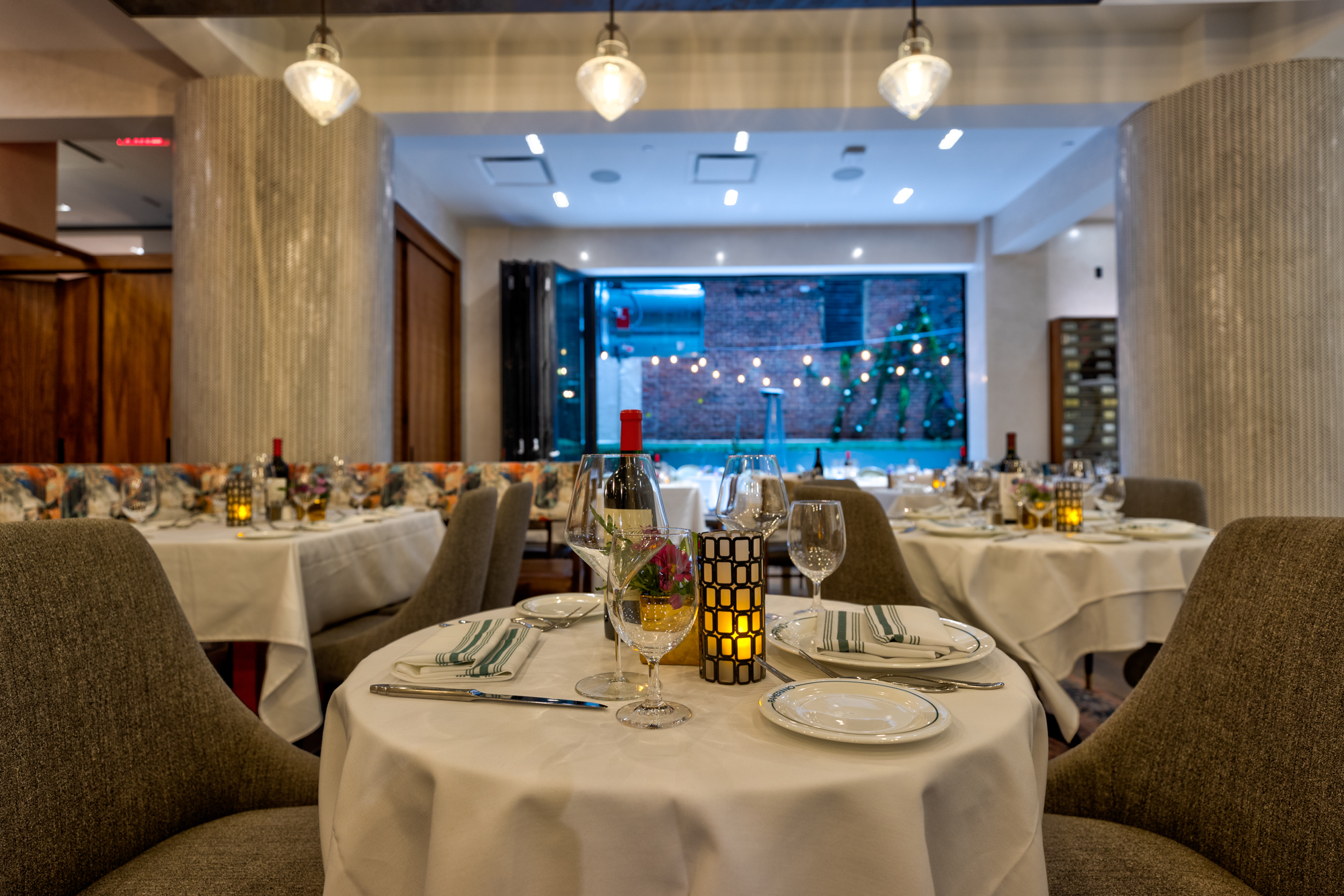
On the night we visited, there were
unfortunate long lapses between courses—our meal
took three hours—but I’m sure that, if you tell them
you wish to be finished in two hours, they will
happily accommodate you. The wine list is rich with
good Italian bottlings at the usual mark-ups and
most of the reds are deftly decanted.
The
generous spirit begins with a complimentary plate of
three breads, with chunks of 36-month aged
Parmigiano and soppressata sausage.
There are 15 antipasti and four salads ($15-$16).
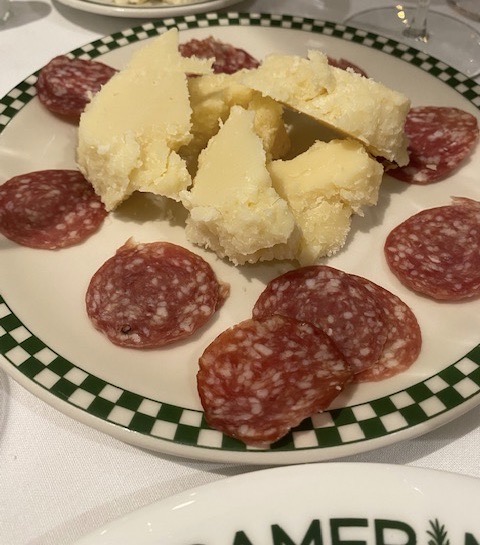 I pretty much left it up to Gashi to choose
our menu for a table of four, and we began with some
delicious, nicely seasoned artichoke hearts with
creamy avocado ($18) and perfectly grilled octopus
with a lovely chickpea puree, lemon and olive oil
($25). Best of all was a luscious dish of sliced
eggplant layered with tomato, parmigiano and basil
($18). Unimpressive was cauliflower with a bland
béchamel and parmigiano ($18). All these are easily
shared.
I pretty much left it up to Gashi to choose
our menu for a table of four, and we began with some
delicious, nicely seasoned artichoke hearts with
creamy avocado ($18) and perfectly grilled octopus
with a lovely chickpea puree, lemon and olive oil
($25). Best of all was a luscious dish of sliced
eggplant layered with tomato, parmigiano and basil
($18). Unimpressive was cauliflower with a bland
béchamel and parmigiano ($18). All these are easily
shared.
Ten
pastas are listed—all on warmed plates—including a
well-textured risotto (below) made with
Canaroli rice, tender asparagus, zucchini and a
touch of golden saffron ($26). 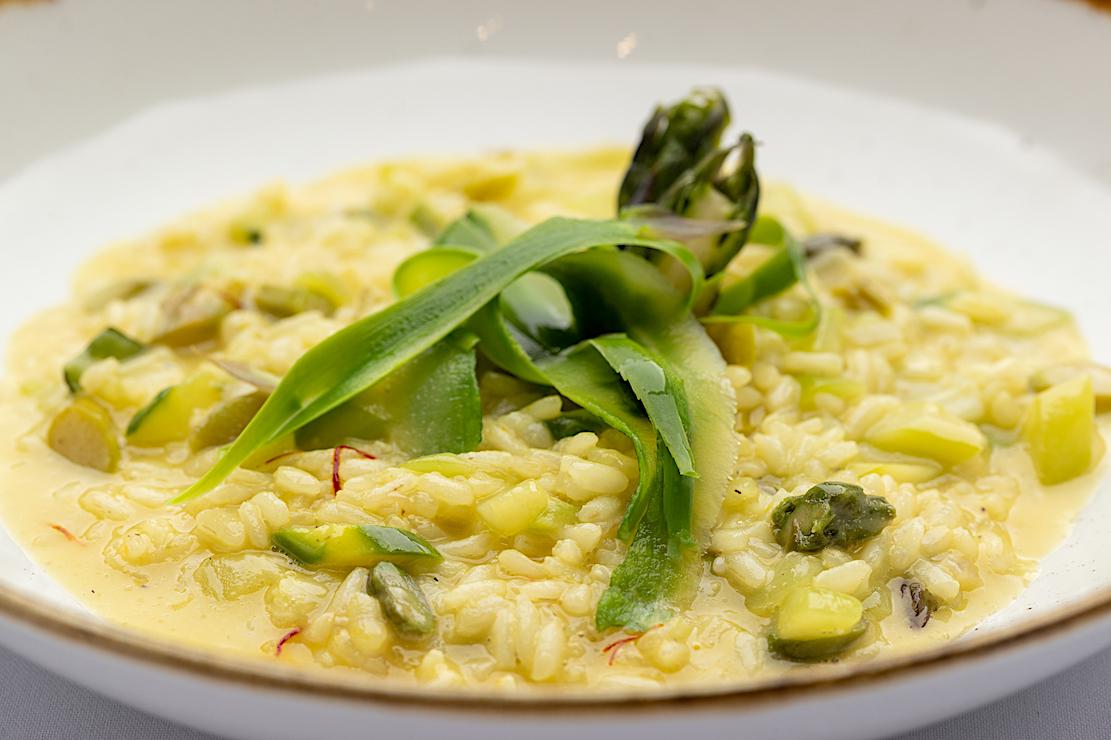 In a town consumed with Roman cacio e pepe,
Ramerino’s is a stand-out, starting with fat
tonnarelli, strong pecorino Romano, black pepper and
grated parmigiano ($26). Richest and boldest of all
is the house-made pappardelle
with porcini mushrooms, truffle oil and goat’s
cheese ($29). Most
unusual was linguine with bottarga
($29)—pasta dressed
with the dried roe of mullet—not because you won’t
find it elsewhere,
but because it is usually not the principal
ingredient (below). Here you get a good deal
of bottarga,
not too saline, not too intense but wonderfully
briny.
In a town consumed with Roman cacio e pepe,
Ramerino’s is a stand-out, starting with fat
tonnarelli, strong pecorino Romano, black pepper and
grated parmigiano ($26). Richest and boldest of all
is the house-made pappardelle
with porcini mushrooms, truffle oil and goat’s
cheese ($29). Most
unusual was linguine with bottarga
($29)—pasta dressed
with the dried roe of mullet—not because you won’t
find it elsewhere,
but because it is usually not the principal
ingredient (below). Here you get a good deal
of bottarga,
not too saline, not too intense but wonderfully
briny.
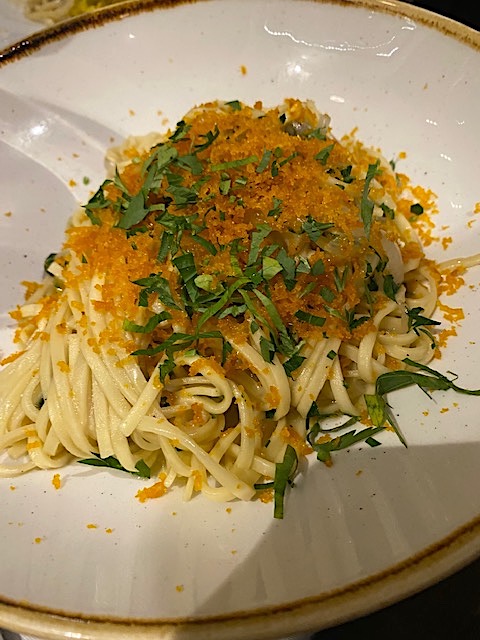 The
plump, well-shaped and cooked potato gnocchi al
pesto ($26) could have used a more intense
summer’s basil flavor and color, but it was good of
its kind.
The
plump, well-shaped and cooked potato gnocchi al
pesto ($26) could have used a more intense
summer’s basil flavor and color, but it was good of
its kind.
I did not try the 36-ounce bistecca
for two, which would have served three or four
($129), opting instead for a thick, flavorful filet
mignon in a well reduced red wine sauce ($48), which
itself served two. Veal scaloppine came with wild
mushrooms and a demi-glace of ideal viscosity and
richness ($36), while chicken was wrapped with
goat’s cheese, with zucchini, Brussels sprouts and 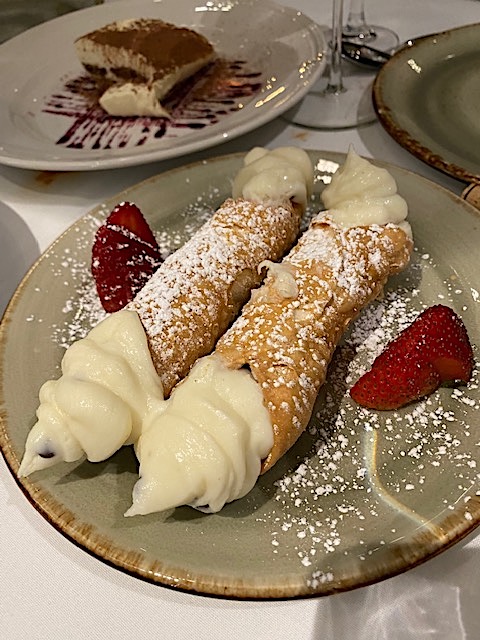 carrots ($32). I
love Dover sole (MP) and Ramerino’s is one of the
best, juiciest and firmest I’ve had in some time,
expertly de-boned tableside.
carrots ($32). I
love Dover sole (MP) and Ramerino’s is one of the
best, juiciest and firmest I’ve had in some time,
expertly de-boned tableside.
Share
at least one dessert (all $14): cannoli plump and
freshly filled with pastry cream (right); a
tiramisù; and a lemony cheesecake.
Ramerino is a stone’s throw
from the New York Public Library on Fifth Avenue,
but 39th Street is quiet, and inside you will be
treated with grace without any of the bustle of
downtown trattorias. Ramerino is a true respite
after six, and, if you’re opting for a ribeye or
bistecca alla Fiorentina, here it will be a more
comfortable experience than at the boisterous
steakhouses nearby.
Open Mon.-Fri. for
lunch; Mon.-Sat. for dinner.
❖❖❖
ANOTHER
VERMEER

CHAPTER THIRTY-EIGHT
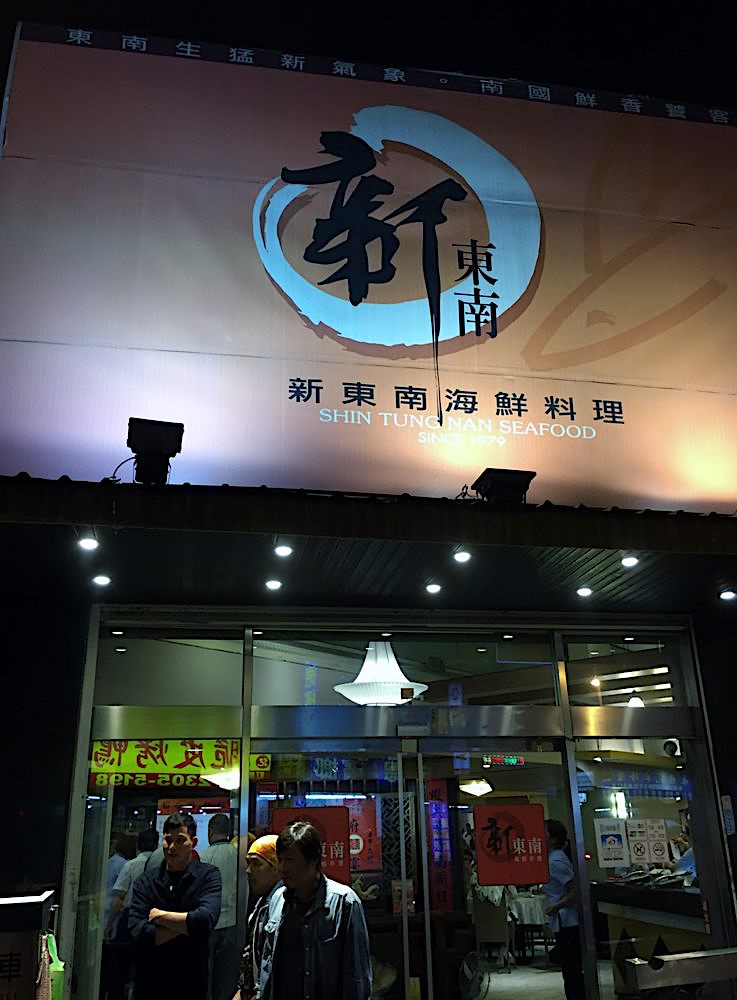 Shin Tung Nan proved to be
exceptional—a very large room, with many banquet
tables off to one side, all filled with platters
of food. The pace of the staff was amazing, with
waiters, mostly women, bounding out of the
kitchen with large trays heaped with sizzling,
sweet-smelling delicacies elegantly presented.
Shin Tung Nan proved to be
exceptional—a very large room, with many banquet
tables off to one side, all filled with platters
of food. The pace of the staff was amazing, with
waiters, mostly women, bounding out of the
kitchen with large trays heaped with sizzling,
sweet-smelling delicacies elegantly presented.
Katie and David were very cordially
seated and brought menus in English. They
ordered bottles of Taiwan beer (“Tastes like
Heineken’s,” said David) and an
array of steamed and fried dishes, from
stir-fried squid with a hot, spicy sauce to
soft-shell crab crusted with crispy garlic. The cost of the meal
was about twenty-five U.S. dollars, beer and
service included.
“I can’t believe how cheap and how
sensational this food is,” said David. “You
can’t eat like this in New York’s Chinatown. The
price would be at least double. Plus, I’m
stuffed.”
“How’s the jetlag?” asked Katie.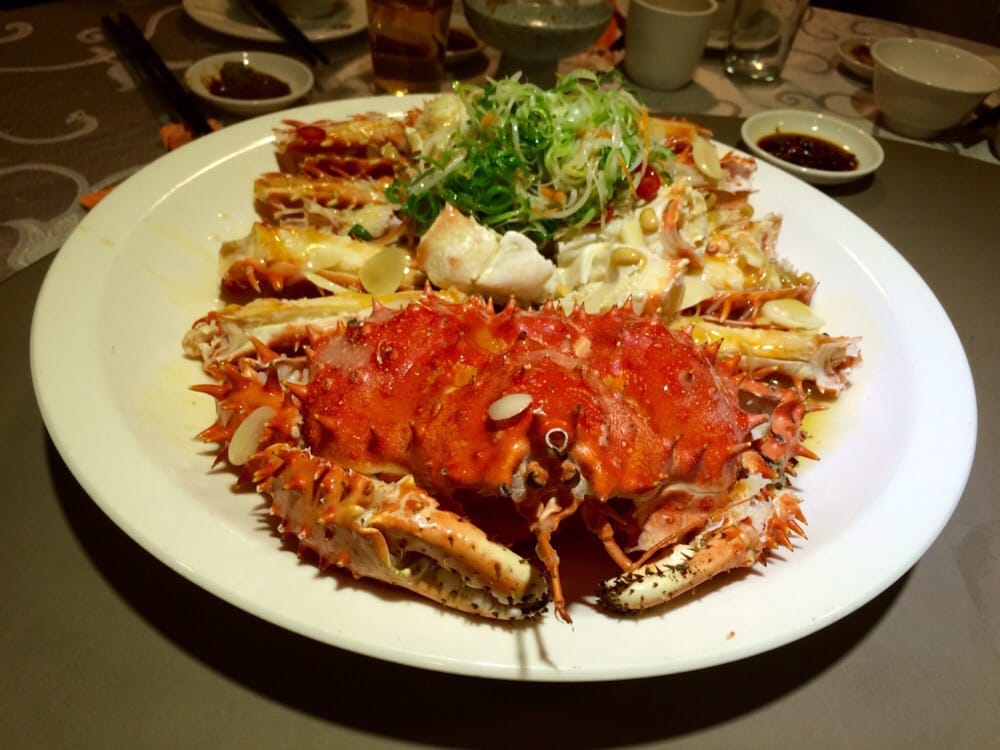
“Passed for the moment. I feel a bit
mellow after those beers, so I’ll sleep well
tonight.”
“I hope so, because we have a busy day
tomorrow.”
“What time’s our appointment with Shui?”
“Ten,” said Katie. “How about we nap for
a couple of hours at the hotel, have a light
dinner, and get a good night’s sleep?”
“Sounds good to me.”
After returning to their hotel, they took
the elevator to the top floor, where they saw an
American couple opening the door of the suite
Shui had offered Katie and David.
David said to the couple, “I see you’re
booked in what I’m told is the best room in the
house.”
“That’s what we were told,” said the man.
“We were upgraded when we checked in. It’s our
wedding anniversary and the manager was kind
enough to give us this room. We really lucked
out.”
“That’s wonderful,” said Katie. “We were
actually offered that room but found it a little
too rich for our blood, so we have a suite down
the hall, which is pretty nice, too.”
“Oh,” said the woman, “Would you like to
see what you’re missing? I’m
not gloating, because we could never have
afforded it either. Come on in.”
Katie and David went in the room—actually
two connected rooms—and found it much larger
than their own, with a spectacular panoramic
window and terrace, a full living room with
fireplace and kitchenette, and two spacious
bedrooms, lavishly decorated with Chinese
screens, mirrors, paintings, furniture, ivory
statues and porcelain of obvious high quality.
“We may never leave the room,” said the
woman, who introduced herself as Carole. “We can
even cook some eggs in the kitchenette in the
morning and my husband makes a good pot of
coffee. Maybe
you’d like to join us for a late breakfast?”
“That’s very kind of you,” said Katie,
“but we have a ten o’clock appointment. Well,
enjoy your stay and have a very happy
anniversary.”
 Katie
and David left the suite, looked at each other,
and said in unison, “Wow!”
Katie
and David left the suite, looked at each other,
and said in unison, “Wow!”
“Someday, when I’m rich,” said Katie,
“I’ll come back here and take that room.”
David frowned and said, “By then you’ll
be married, celebrating your own anniversary.”
Katie said, “Maybe, maybe not. Well, I’m
going to take a long nap, then we can do the
town. Seven o’clock okay with you?”
David nodded and said, “Ring my room a
half hour before.
I’ll need that long to drag myself out of
bed.”
At 6:30 Katie knocked on David’s door in
their connecting suite and heard him say he’d be
down in half an hour.
After
they met in the lobby, they asked the concierge
about getting something to eat and to see a
little of Taipei at night. He recommended the
Night Market on Ningxia Road, which Katie and
David easily found just by following the crowds
of people entering a brightly lighted series of
aisles hung with banners above scores of food 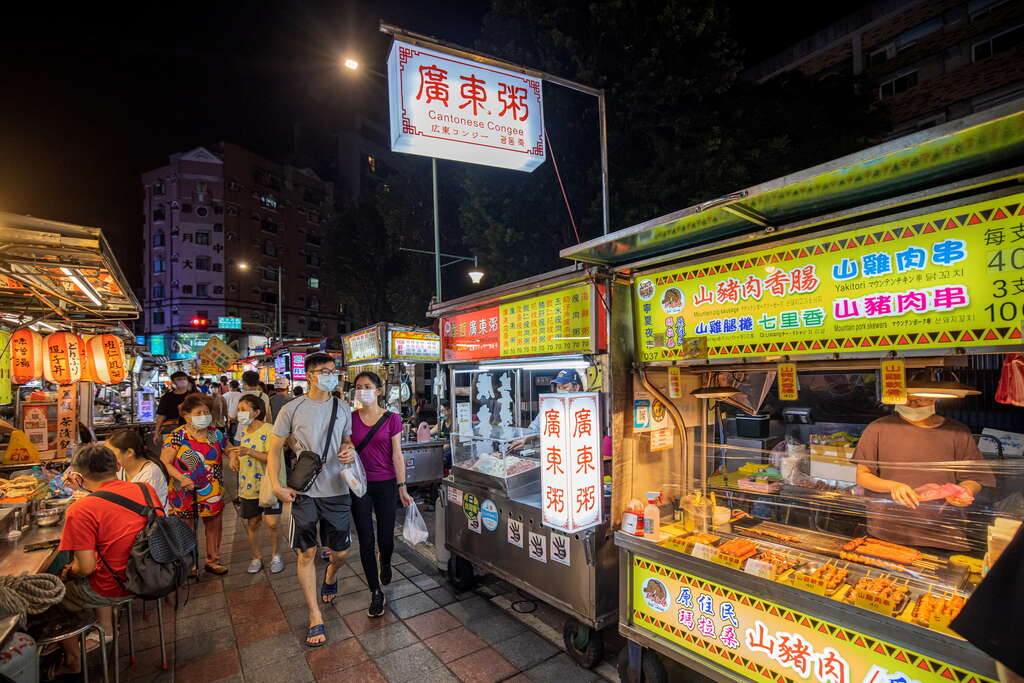 shops
serving every imaginable kind of food made from
every imaginable kind of ingredient and every
part of the animal. There was barbecued squid,
oyster omelets, dumplings, noodles, and the
infamous dish called “stinky tofu” (below)
that Katie and David could smell from five yards
away.
shops
serving every imaginable kind of food made from
every imaginable kind of ingredient and every
part of the animal. There was barbecued squid,
oyster omelets, dumplings, noodles, and the
infamous dish called “stinky tofu” (below)
that Katie and David could smell from five yards
away.
They pointed to this and that, and took
their plates to a communal table, drank beer,
and felt energized by the bustle and chatter in
the market. By the time they’d finished, it was
close to ten o’clock. Within a half hour they
were back at the hotel.
“What time do you want to meet for
breakfast?” asked David.
“After all you just ate, you’re thinking
about breakfast?”
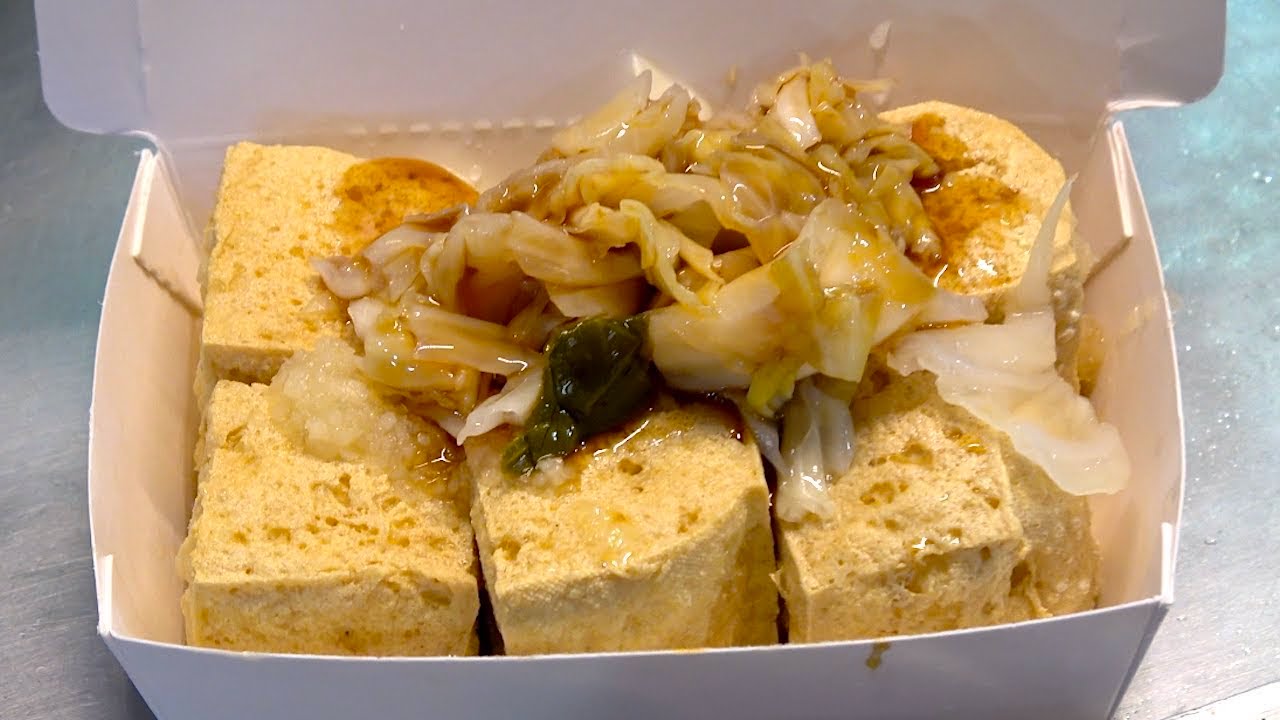 “I’m told they have a fantastic buffet
downstairs. We’re meeting Shui at ten , right?
So how about eight, downstairs?”
“I’m told they have a fantastic buffet
downstairs. We’re meeting Shui at ten , right?
So how about eight, downstairs?”
“Okay, see you at eight. Sleep tight.”
“I’m going to sleep like the dead,” said
David. “I’ll leave a wake-up call, but do me a
favor and bang on my door when you get up.”
They went to their separate rooms, and
David found an envelope on his nightstand,
indicating he’d received a phone message. It
read: “FROM: Gerald Kiley. TIME: 9 PM. MESSAGE:
Please call as soon as you can. Kiley.”
David looked at his watch.
Ten-forty-five. He tried to remember what the
time difference was between Taipei and New York
and thought it was five or six hours, but
couldn’t figure what day it was in New York. In any
case, he thought, it’s probably the middle of
the night in New York—though it was actually ten
a.m. Friday—and he could wait till morning to
call Kiley. David was simply too exhausted to
speak to anyone anyway.
Moments after his head hit
the pillow, he was sound asleep—as was Katie in
the next room.
© John Mariani, 2016
❖❖❖
AUTUMN ROUND-UP
By John Mariani
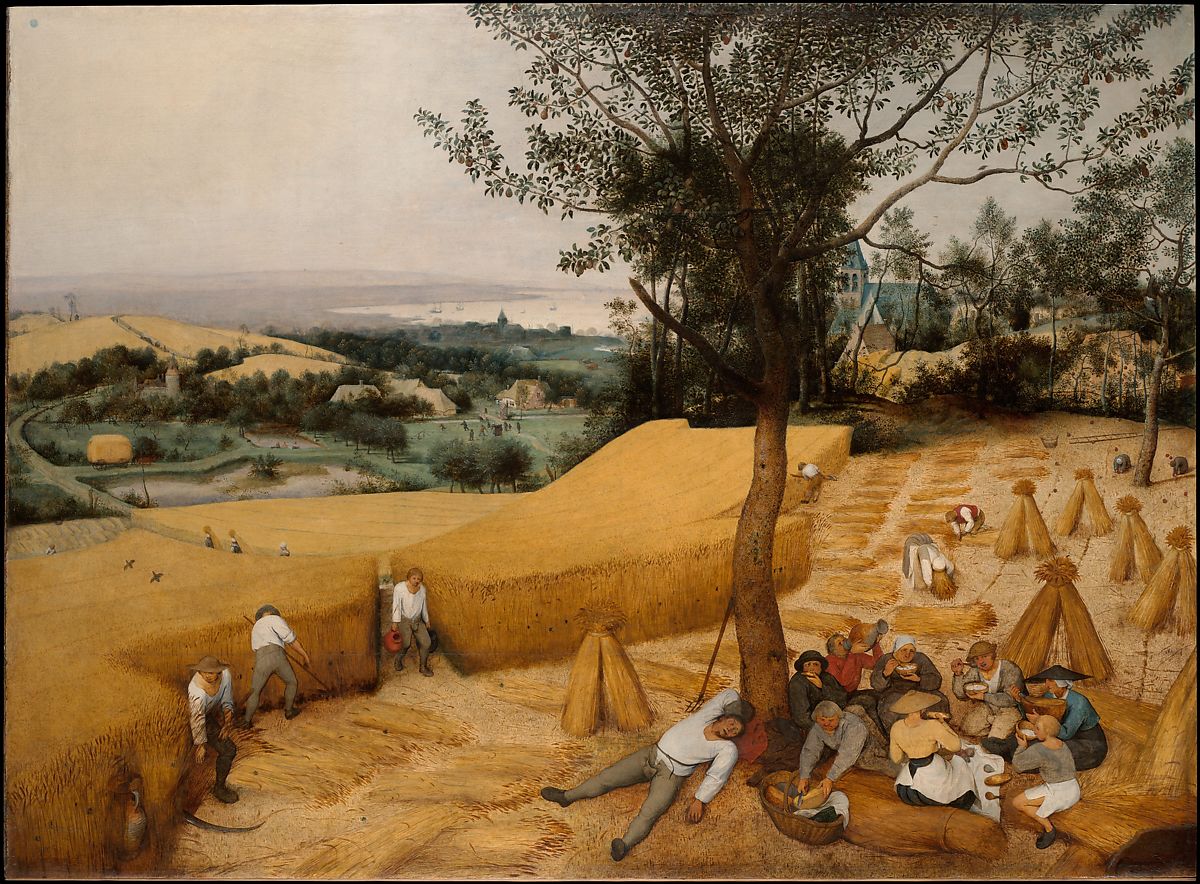
"The Harvesters" by Peter Breughel (1565)
Seña 25 Anniversary
2019 ($150)—Chile’s Seña,
established in 1995 by
Eduardo Chadwick and Robert Mondavi, has won
about every international accolade, and for good
reason. This year, for their 25th anniversary, they
have released their 2019 vintage in limited
edition, its Carménère fruit lush, its tannins
tamed.
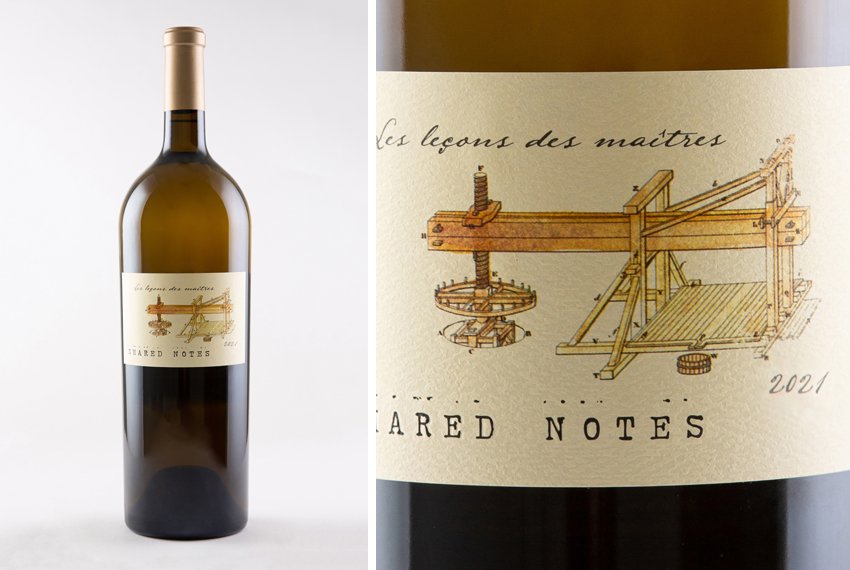 Shared Notes Les Leçons des Maîtres
2021 ($75)—This is a lot
of money for a Sauvignon Blanc, but by blending it
with 20%
Semillon, this small-production (168 cases) Russian
River Valley Shared Notes tamps down the raw vegetal
and tropical flavors Sauvignon Blanc can have to a
cloying degree, so that this is a much more
interesting wine, indicative of the finer degree of
the varietal, with no malolactic fermentation. In
fact, it’s more so than Shared Notes’ own Les
Pierres qui Décident, which is 100% Sauvignon Blanc.
Shared Notes Les Leçons des Maîtres
2021 ($75)—This is a lot
of money for a Sauvignon Blanc, but by blending it
with 20%
Semillon, this small-production (168 cases) Russian
River Valley Shared Notes tamps down the raw vegetal
and tropical flavors Sauvignon Blanc can have to a
cloying degree, so that this is a much more
interesting wine, indicative of the finer degree of
the varietal, with no malolactic fermentation. In
fact, it’s more so than Shared Notes’ own Les
Pierres qui Décident, which is 100% Sauvignon Blanc.
Bertani Amarone
Della Valpolicella Classico 2011 ($130)—Bertani’s was
one of the first Amarones I ever tasted in Italy,
back in 1976, and it is still a highlight for a wine
that has been lightened up and tamed down. It exudes
the aromas of the grass and hay, made in the
tradition of the messa a riposo
style from partially
dried grapes laid on bamboo racks for about 100
days, developing a sweetness and a tannic ballast
with a hint of leathery finish. It’s the best wine I
know with roast pork, even barbecue.
Laurent Gruet Vara
Silverhead Brut ($25) —Vara (founded
2016) is inspired by the early wine history of New
Mexico, which began in 1629 with the start of the
American Wine Trail.
It is their first sparkling wine, made from
72% American Chardonnay and 28% Xarel-o-Macabeo from
Spain. It’s got the acidity that makes it much more
than an overly fruity American sparkler. A Rosado is
composed of 75% Syrah and 25% Chardonnay. It’s an
excellent aperitif, good with sliced hams and
cheeses.
 Robert Mondavi Winery
The Reserve Cabernet Sauvignon To Kalon Vineyard
2018 ($225)—As long ago as
1966, when Robert Mondavi chose the To Kalon
vineyard as the home for his winery, he recognized
it as a treasure, planted in 1968. Mondavi died
several years ago and his family no longer owns the
winery, but the current owners have maintained the
vineyard’s eminence, as evidenced by this
full-bodied Cabernet Sauvignon, whose alcohol is
just at the point where it could go into the over
ripe stage of so many, but here the balance of 93%
Cabernet Sauvignon, 5% Cabernet franc and 2% Petit
Verdot works to give it layers of flavor and
density. It is a wine that you choose food to go
with, rather than the other way around, especially
at this price
Robert Mondavi Winery
The Reserve Cabernet Sauvignon To Kalon Vineyard
2018 ($225)—As long ago as
1966, when Robert Mondavi chose the To Kalon
vineyard as the home for his winery, he recognized
it as a treasure, planted in 1968. Mondavi died
several years ago and his family no longer owns the
winery, but the current owners have maintained the
vineyard’s eminence, as evidenced by this
full-bodied Cabernet Sauvignon, whose alcohol is
just at the point where it could go into the over
ripe stage of so many, but here the balance of 93%
Cabernet Sauvignon, 5% Cabernet franc and 2% Petit
Verdot works to give it layers of flavor and
density. It is a wine that you choose food to go
with, rather than the other way around, especially
at this price
Tenuta Di Trinoro Le
Cupole 2020 ($36)—Le Coupole is
Tenuta Di Trinoro’s second wine, blended from 49%
Merlot, 36% Cabernet franc, 12% Cabernet Sauvignon
and 3% Petit Verdot, a composition that changes each
year. It is an IGT appellation, in Sarteano in the
Val d’Orcia, in the southeast corner of Tuscany,
bottled during “the waning moon of March 2022.” It
was fermented in steel vats, followed by aging in
once- and twice-used oak barrels. Do not expect a
Tuscan Sangiovese similarity, since there isn’t any
there, but it shows the variety of nuances that are
now produced by innovators in the region.
Ram’s Gate
Chardonnay, El Diablo Vineyard 2019 ($70)—It’s a pricy
tag, but this is a velvety, bright, fruit-rich
Russian River Valley Sonoma County Chardonnay made
by General Manager and Winemaker Joe Nielsen, who
has worked these vineyards for a long tenure. The
wine has its characteristic  California sweet spot,
but avoids too much oak. Very good
with shellfish and cream sauces.
California sweet spot,
but avoids too much oak. Very good
with shellfish and cream sauces.
M. Chapoutier,
Petite Ruche, Crozes-Hermitage Blanc 2021 ($22); Héritiers
Gambert Cave de Tain, Nobles Rives Hermitage,
Blanc 2019 ($45); Cave de Tain
Crozes-Hermitage Blanc 2021
($25)—The red wines of the Rhône are better known
than its whites, which helps make the latter
markedly less expensive. They are distinctive in
their flavors, with lots of floral scents and
nut flavors. Indigenous Marsanne is the dominant
grape and 13.5% alcohol gives it backbone, sometimes
with Roussanne.
Quinta
da
Fonte Souto 2020 ($14)—If you like
trying new wines from New World regions and don’t
mind a 14.5% alcohol level in a white wine, this
comes from Portugal, just outside of the Douro
region in the southern territory of Portalegre, made
from 75% Arinto and 25% Verdelho grapes. The latter
is better known, but Arinto is widely planted and
appreciated locally. There is a pleasant smoky
underpinning and good minerality. At this
price it is less a curiosity than an excuse to buy a
case.
L'Ecole
No.
41 Merlot 2019 ($40)— Washington’s
Walla Walla territory is prime for making velvety,
soft, complex Merlots, and L’Ecole proves it only
gets better. It’s a fifty-fifty blend from two
separate vineyards with different soil types, and
the wine was racked to small French barrels, 35%
new, and aged for 18 months. Its 84% Merlot gains
vibrancy from 12% Cabernet Franc and tannin from Cabernet
Sauvignon. Emerging at 14.5% alcohol, it’s quite
ready to drink and enjoy right now with poultry,
lamb or tomato-based dishes.
Novelty
Hill
Merlot 2020 ($26)—Here’s a very
good Merlot blend, with 3% Cabernet Sauvignon and 2%
Malbec, from Columbia Valley at a remarkable price.
Novelty Hill is a small winery on the Royal Slope of
the Frenchman Hills, and this is a fine early
effort, silky and ripe without being cloying.
Orfila
Malbec
2019 Reserva 2019 ($20)—I’m
sometimes leery of wine regions that believe they
can produce, or should at least experiment with, a
dozen or more varietals, when only two or three show
their best in the terroir. Thus, Malbec is the
obvious choice for Argentina’s Uco Valley in
Mendoza, and Orfila dates back to 1905, so they
should know. Today it is owned by the Orfila and
Gancia families. The wine is made from batches, with
80% aged for 12 months in 70% French and 30%
American oak, then blended and bottle-aged for four
months. It’s got real backbone and could age
further, but it’s delicious right now, and at just
13.7% alcohol it achieves a commendable balance. The
value of the dollar internationally these days makes
this a real bargain.
❖❖❖
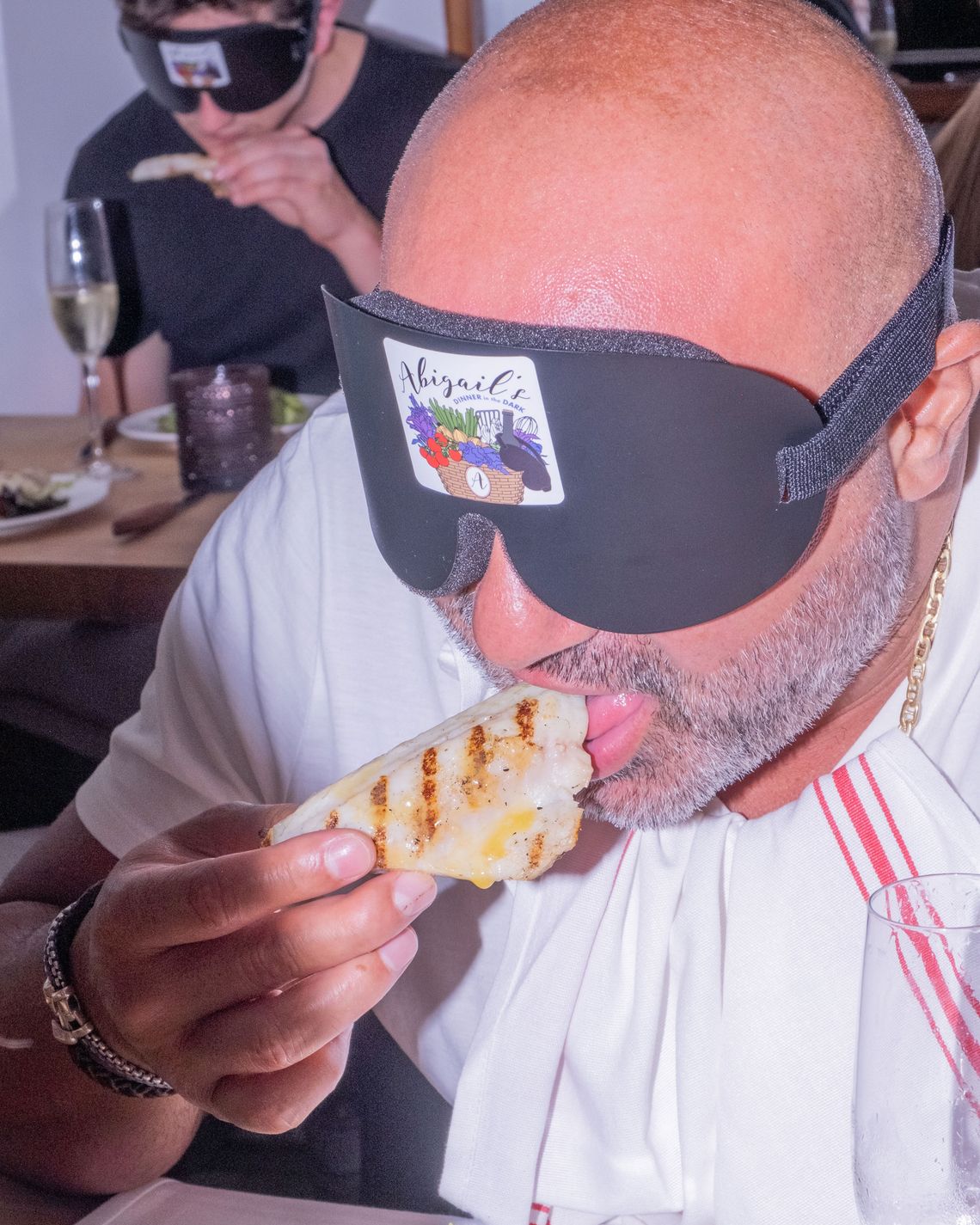 IS
THAT A BRATWURST OR ARE YOU GLAD TO SEE ME?
IS
THAT A BRATWURST OR ARE YOU GLAD TO SEE ME?
For about the 50th time, going back at
least to Furtuist Marinetti's dining in the dark
dinners, Twice a week, the basement of 193 Henry
Street in the West Village hosts Dinners in the Dark,
offering a four-course menu with unlimited wine. Acc
to Grub Street, “We’re not trying to trick people,”
Abigail Hitchcock, the dinners’ founder, explains.
“It’s meant to be fun.”
❖❖❖
Any of John Mariani's books below may be ordered from amazon.com.
 The Hound in Heaven
(21st Century Lion Books) is a novella, and
for anyone who loves dogs, Christmas, romance,
inspiration, even the supernatural, I hope you'll find
this to be a treasured favorite. The story
concerns how, after a New England teacher, his wife and
their two daughters adopt a stray puppy found in their
barn in northern Maine, their lives seem full of promise.
But when tragedy strikes, their wonderful dog Lazarus and
the spirit of Christmas are the only things that may bring
his master back from the edge of despair.
The Hound in Heaven
(21st Century Lion Books) is a novella, and
for anyone who loves dogs, Christmas, romance,
inspiration, even the supernatural, I hope you'll find
this to be a treasured favorite. The story
concerns how, after a New England teacher, his wife and
their two daughters adopt a stray puppy found in their
barn in northern Maine, their lives seem full of promise.
But when tragedy strikes, their wonderful dog Lazarus and
the spirit of Christmas are the only things that may bring
his master back from the edge of despair. WATCH THE VIDEO!
“What a huge surprise turn this story took! I was completely stunned! I truly enjoyed this book and its message.” – Actress Ali MacGraw
“He had me at Page One. The amount of heart, human insight, soul searching, and deft literary strength that John Mariani pours into this airtight novella is vertigo-inducing. Perhaps ‘wow’ would be the best comment.” – James Dalessandro, author of Bohemian Heart and 1906.
“John Mariani’s Hound in Heaven starts with a well-painted portrayal of an American family, along with the requisite dog. A surprise event flips the action of the novel and captures us for a voyage leading to a hopeful and heart-warming message. A page turning, one sitting read, it’s the perfect antidote for the winter and promotion of holiday celebration.” – Ann Pearlman, author of The Christmas Cookie Club and A Gift for my Sister.
“John Mariani’s concise, achingly beautiful novella pulls a literary rabbit out of a hat – a mash-up of the cosmic and the intimate, the tragic and the heart-warming – a Christmas tale for all ages, and all faiths. Read it to your children, read it to yourself… but read it. Early and often. Highly recommended.” – Jay Bonansinga, New York Times bestselling author of Pinkerton’s War, The Sinking of The Eastland, and The Walking Dead: The Road To Woodbury.
“Amazing things happen when you open your heart to an animal. The Hound in Heaven delivers a powerful story of healing that is forged in the spiritual relationship between a man and his best friend. The book brings a message of hope that can enrich our images of family, love, and loss.” – Dr. Barbara Royal, author of The Royal Treatment.
 |
The Encyclopedia of American Food and Drink by John F. Mariani (Bloomsbury USA, $35) Modesty forbids me to praise my own new book, but let me proudly say that it is an extensive revision of the 4th edition that appeared more than a decade ago, before locavores, molecular cuisine, modernist cuisine, the Food Network and so much more, now included. Word origins have been completely updated, as have per capita consumption and production stats. Most important, for the first time since publication in the 1980s, the book includes more than 100 biographies of Americans who have changed the way we cook, eat and drink -- from Fannie Farmer and Julia Child to Robert Mondavi and Thomas Keller. "This book is amazing! It has entries for everything from `abalone' to `zwieback,' plus more than 500 recipes for classic American dishes and drinks."--Devra First, The Boston Globe. "Much needed in any kitchen library."--Bon Appetit. |
"Eating Italian will never be the same after reading John Mariani's entertaining and savory gastronomical history of the cuisine of Italy and how it won over appetites worldwide. . . . This book is such a tasteful narrative that it will literally make you hungry for Italian food and arouse your appetite for gastronomical history."--Don Oldenburg, USA Today. "Italian
restaurants--some good, some glitzy--far
outnumber their French rivals. Many of
these establishments are zestfully described
in How Italian Food Conquered the World, an
entertaining and fact-filled chronicle by
food-and-wine correspondent John F.
Mariani."--Aram Bakshian Jr., Wall Street
Journal.
"Equal parts
history, sociology, gastronomy, and just
plain fun, How Italian Food Conquered the
World tells the captivating and delicious
story of the (let's face it) everybody's
favorite cuisine with clarity, verve and
more than one surprise."--Colman Andrews,
editorial director of The Daily
Meal.com. "A fantastic and fascinating
read, covering everything from the influence
of Venice's spice trade to the impact of
Italian immigrants in America and the
evolution of alta cucina. This book will
serve as a terrific resource to anyone
interested in the real story of Italian
food."--Mary Ann Esposito, host of PBS-TV's
Ciao
Italia. "John Mariani has written the
definitive history of how Italians won their
way into our hearts, minds, and
stomachs. It's a story of pleasure over
pomp and taste over technique."--Danny Meyer,
owner of NYC restaurants Union Square
Cafe, The Modern, and Maialino.
|
 |
 |
 |
 |
 |
 |
 Everett Potter's Travel Report:
Everett Potter's Travel Report: 
 Eating Las
Vegas
Eating Las
Vegas
MARIANI'S VIRTUAL GOURMET
NEWSLETTER is published weekly. Publisher: John Mariani. Editor: Walter Bagley. Contributing Writers: Christopher
Mariani, Misha Mariani, John A. Curtas, Gerry Dawes, Geoff Kalish.
Contributing
Photographer: Galina Dargery. Technical
Advisor: Gerry
McLoughlin.
If you wish to subscribe to this
newsletter, please click here: http://www.johnmariani.com/subscribe/index.html
© copyright John Mariani 2022
